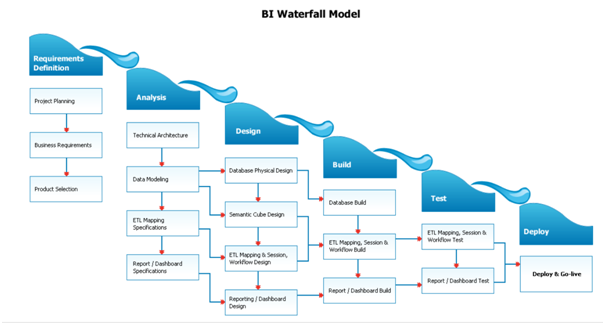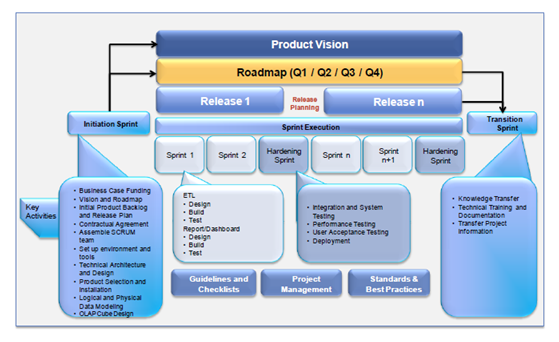NTT DATA's Approach
08/16/2018
BIG DATA Solutions
Big Data is being used in business analytics to improve operations and to offer innovative services.

Every two years, the volume of data in the world doubles. Unstructured data, such as text and images account for 90% of this amount. It is a fact that that this massive amount of data i.e. Big Data, is being used in business analytics to improve operations and to offer innovative services.
Big Data is very wide in scope and its usage covers a large spectrum of applications from targeted advertisement and recommendation systems, to energy consumption estimation and smart metering.
With a wealth of experience in analytics, and a commitment to openness in developing IT infrastructure and tools, along with strong global BI deployment capabilities, NTT DATA can help unlock the business value from Big Data.
NTT DATA defines three layers for its Big Data solutions.
- Big Data Platform: Engine for processing huge amounts of data in diverse formats. Hadoop and in-memory databases serve as such platforms.
- Analytics Software: Libraries equipped with high-level data analysis functions and data mining packages.
- Analytics Consulting: Frameworks and design best practices to offer solutions for each operation challenge.
With solutions covering all these 3 layers, NTT DATA offers total Big Data analytics solutions, which help clients secure new insights and create value from their data.

Japan R&D investment in Analytics
Big Data processing for Enterprises is an area of interest and investment for NTT Data. We have a dedicated Platform Engineering Department that focuses on use of Hadoop to solve Big Data challenges. Over the last 10 years this team has implemented over 100 production cases with cluster sizes of 1000+ nodes covering application development, security and cluster construction. To emphasize our commitment to Hadoop, the team has 3 Hadoop committers who contribute to Hadoop core development.
Implementation
In the recent past, delivery of analytics projects has shifted from the classic waterfall model to the Agile model. To keep pace with the changing times our projects adopt an implementation methodology that is best suited for the customer’s requirement.
BI Waterfall Model
The traditional waterfall model is based on the premise that requirements are known in detail and then the subsequent software engineering activities can be undertaken to fulfill the requirements. Time to Market in not quick in this approach.

Agile BI framework
In the Agile framework, the BI solutions evolves over multiple sprints which are typically a few weeks or months. A requirement backlog is maintained to address requirements and changes over a period of time across multiple sprints. Time to Market is relatively quick as business has support of the IT solution.




